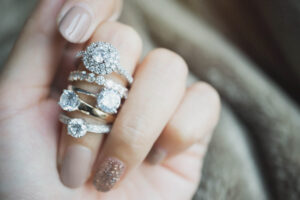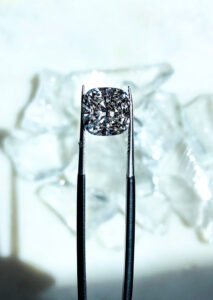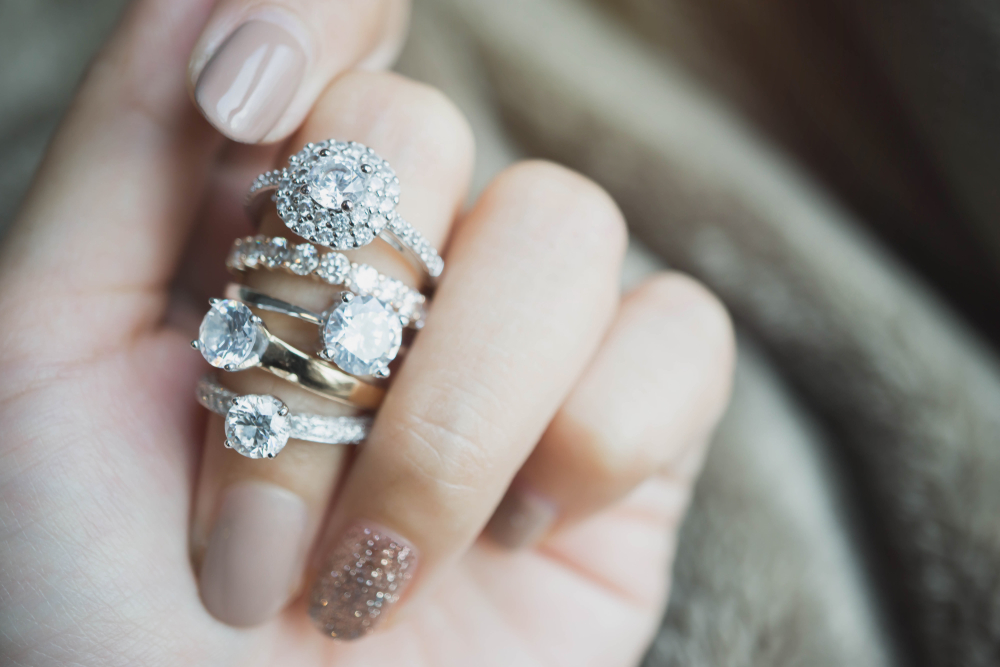
A lab-grown diamond is one that is identical to a natural diamond in every way. They get their start in gemological laboratories, as opposed to naturally occurring diamonds, which are forged under extreme pressure and great heat from the earth’s core, which lies around 100 miles below the surface.
The majority of these natural treasures were developed several years ago when the earth was much hotter than it is now. High pressure and elevated temperature are also used to generate lab-grown diamonds. Instead of occurring beneath the earth’s crust, this pressure and temperature impact occurs in a machine.
Different Ways Of Making Lab-Grown Diamonds
One of the two methods involves subjecting a diamond seed to extremely high temperatures and pressures. In every production chamber, the diamond seed is sandwiched between two sheets of pure graphite carbon and exposed to temperatures as high as 27000 F and pressure of 1.5 million pounds per square inch.
Chemical Vapor Deposition is another method of producing diamonds in the lab. This method entails depositing the diamond seed in a closed chamber with a carbon-rich gas at a temperature of around 15000F. Following these steps and conditions causes the gas to cling to the seed, resulting in the formation of a diamond carbon atom.
How To Identify A Lab-Grown Diamond?

The source of lab-grown diamonds is one of the most significant differences between them and natural diamonds. Cutting-edge technology is used to manufacture a lab-grown diamond within a gemological lab. The activity of natural diamond growth is replicated using cutting-edge technology. This technology yielded a man-made product that is chemically, physically, and visually similar to diamonds dug deep beneath the Earth’s crust. Lab-grown diamonds, on the other hand, are usually cheaper than mined diamonds of the same size and grade, costing roughly 30% less.
Mined diamonds and lab-grown diamonds are hard to distinguish with the naked eye, owing to the similar shine that both lab-grown and mined diamonds have. Even if you insist on using a special instrument to check for discrepancies, or if you have experience as an expert gemologist, your results may be negative. Examining their grading reports is the only and best way to distinguish between lab-grown diamonds and mined diamonds.
Bottomline
Since lab-grown diamonds are typically 30% cheaper than mined diamonds, you can buy a diamond with fewer defects and inclusions for the same price as a lower graded mined diamond. This is why many people these days chose lab-grown diamonds for their engagement rings.
